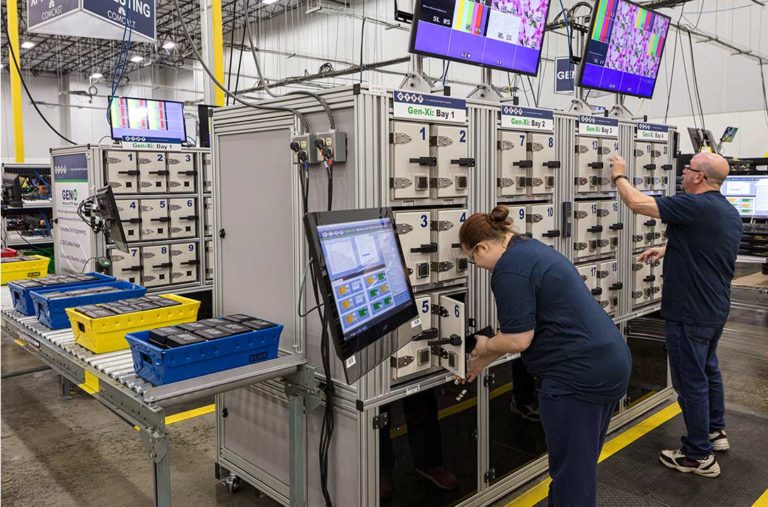


There are three modes of FAP / DPF regeneration / firing:

"Wet" exhaust aftertreatment system using FAP and catalytic fluid. The wet filter requires the addition of a fuel additive (so called catalytic fluid), which causes neutralization of carbon black at lower temperatures.įig. Exhaust purification system, DPF dry carbon black is fired at a temperature of at least 350 ° C. The dry filter on the surface of the porous walls contains alumina and cerium and platinum (oxidizing CO-CO2, NO-NOx) molecules.įig. įlue gases get into open channels, where smaller particles get through the pores and escape from the exhaust system, and larger ones (particles of soot) are trapped inside.ĭue to the way it operates, two types of exhaust gas treatment systems can be distinguished: The pores are smaller than the soot particles so that it stops the filter inside the filter so that it is burnt in the ECU initiated process.įig. Cross section, DPF filter structure (three channel picture). Parts of the tubing are plugged in at the inlet, the rest at the outlet of the filter.įig. The particulate filter, like the catalyst, has a honeycomb structure, with the difference that the diameter of its tubules is larger and their walls are porous. It is an uncomplicated device, consisting of a ceramic structure and metal housing, visually resembling a midrange. The particulate filter (DPF, FAP) is a device for stopping and neutralizing soot particles. I think this is the right department on this topic, if you do not please fashion to move / suspend the sea someone will be useful to a small handful of information.


 0 kommentar(er)
0 kommentar(er)
